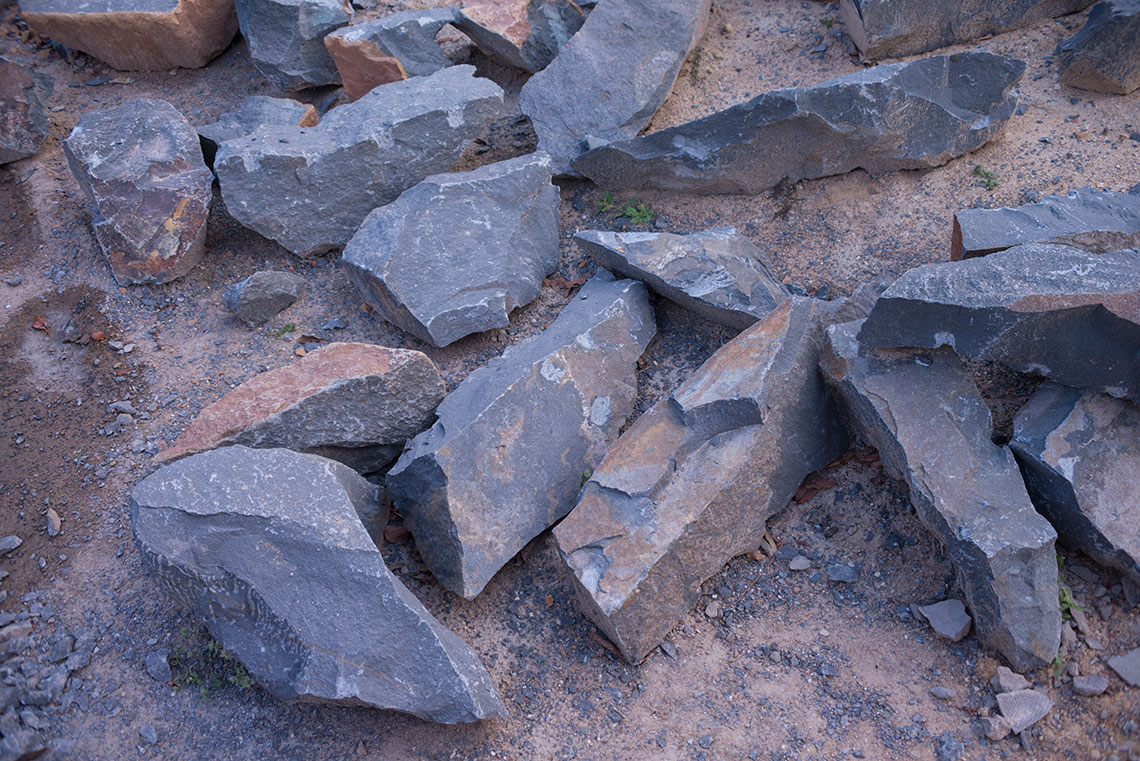Shona Sculpture History
One of the most extraordinary art forms to emerge on the international stage towards the end of twentieth century was Zimbabwean sculpture , often termed Shona Sculpture as most of its proponents hail from the Shona tribe of Zimbabwe. Though stone sculpting has been a part of Zimbabwes traditions for centuries the Great Zimbabwe, an archaeological masterpiece dating back to 1200AD is the first evidence of the nations stone carvers-it was not until the end of the 1960’s that the technique re-emerged on a grand scale.
The catalyst was Frank Mcwen who became Director of the (then) Rhodesia’s National Art Gallery. He encouraged local artists to move away from the tourist-targeted souvenirs they were creating and provided them with the tools and materials to create true works of art.
There was a ready supply of various type of stone from the Great Dyke, a 300 mile-long ridge, two and a half million years old which runs almost the length of Zimbabwe. Favored stones are Springstone and green Opal as well as Verdite and Serpentine.
Steeped in the beliefs and traditions of ancient Shona culture, it soon became clear that Zimbabwe’s artists had a spiritual connection with the rock on which they worked and without the aid of sketches or plans-shapes emerged which were all encompassing.
Essentially, many Zimbabwean sculptors believe they are simply “freeing” a shape from within the stone itself. Their technique may be superb, but this is no cold-blooded commercial process. Rather it is the artist’s passionate embrace of his spirituality and his heritage. Each piece may take up to months to carve, emerging from the rough-hewn rock like a butterfly from a chrysalis. When the sculpting is finished the piece is heated to bring out the unique qualities and colours of the stone and then lovingly waxed and burnished until it grows.
The appeal of Zimbabwean sculpture transcends all cultures and races. Art lovers the world over have recognized that this unique art form is not aesthetically pleasing but that it also represents a form of self expression which dates back to the dawn of time.
Types of stone used for Shona sculpture
The majority of stones used in Zimbabwean sculpture are locally sourced and belong to the geological family Serpentine. They are sedimentary, having originally been laid down on a sandy seafloor, and metamorphic, since subsequent exposure to intense heat and pressure over hundreds of millions of years has transformed them into hard stone. Serpentines are rich in iron, so when the stone weathers it turns a rust colour. In Zimbabwe, they occur as part of the Great Dyke, a horseshoe-shaped geological formation stretching through the north and east round to the centre of the country. The natural weathering processes are now exposing the rocks at the surface. Colours range from yellow and green, through brown to black. Serious sculptors prefer the hardest varieties of serpentine such as springstone, fruit serpentine and leopard rock. These dense stones have extremely fine grains and uniform structure, making them ideal raw materials for sculpting. Another very common type of serpentine is what is colloquially known as ‘opal stone’ (a very soft pale green serpentine) and comes from Chiweshe, north of Harare.

